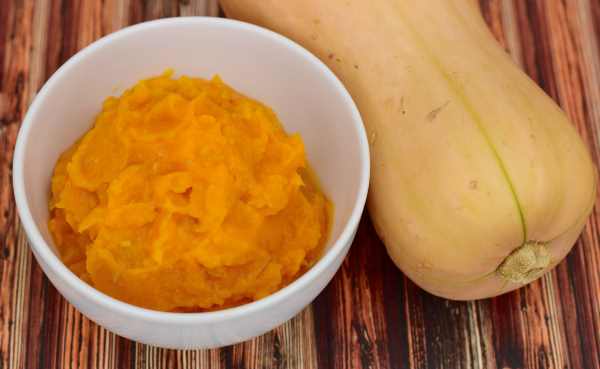

Mares-Perlman JA, Brady WE, Klein R, et al.Dietary lycopene, tomato-based food products and cardiovascular disease in women. Tomatoes and risk of digestive-tract cancers. Cook the veggies over a medium-low flame for about 45 minutes or until all the veggies are soft and easily pierced with a fork.

Both taste amazing (Ive tried both and might even slightly prefer just plain water). Cover the veggies with your veggie stock or water. Franceschi S, Bidoli E, La Vecchia C, et al. Add the spices, lemon juice, and olive oil.Bioavailability and in vivo antioxidant properties of lycopene from tomato products and their possible role in the prevention of cancer. Lycopene: antioxidant and biological effects and its bioavailability in the human. Intake of carotenoids and retinol in relation to risk of prostate cancer. If tomatoes simply aren't available, HuffPost recommends some possible replacements that may be stored in the pantry: Per pound of fresh tomatoes in a recipe, you can instead use 1.5 cups of whole tomatoes, canned six to eight sundried tomato halves, plumped in hot water or 3 tablespoons of tomato paste (adding water if needed for extra. Giovannucci E, Ascherio A, Rimm EB, et al.Use two to three tablespoons of diced tomatoes for every tablespoon of paste called for in the recipe. Biochemistry and Biophysics Volume 274, Issue 2, 1 November 1989, Pages 532-538. Strain a can of diced tomatoes to remove excess liquid, then cook over medium heat until they've reduced by about half. Lycopene as the most efficient biological carotenoid singlet oxygen quencher. If the recipe calls for large quantities of tomato paste or if the vibe doesn’t lend itself to ketchup flavor, you should not use this substitution idea. Most recipes use tomato paste in small quantities, so using a 1:1 substitution should not affect the integrity of the recipe too much. The next best tomato paste substitute is ketchup! Ketchup has a consistency similar to tomato paste, but it has a saltier, tangier, and sweeter flavor. For 1 tablespoon tomato paste, use 2 tablespoons tomato puree or sauce mixed with ¼ teaspoon sugar, and remove 1 tablespoon of other liquids in the recipe.ĭon’t have tomato sauce or puree? No problem.To make up for both, use this substitution ratio:

These sauces are not nearly as thick as tomato paste, and they don’t have the lightly sweet flavor either. The best substitute for tomato paste? Canned tomato sauce or tomato puree. While the tomatillo shares a similar name to tomatoes, they’re not a type of tomato as some. Add a little sugar or salt to taste, depending on if you want it sweeter or less so. It comes in a very small, thin can: or you can also find it in a squeezable tube (our favorite).ĭon’t have time to shop for it? Or cooking and just realized you don’t have it? (It happens often, over here!) Here are some substitute ideas. The best option is to use tomato paste and water it down a little with 1 tablespoon of water per tablespoon of tomato paste. It’s used for enhancing tomato sauces and stews. Tomato paste is a paste made from tomatoes that are cooked for hours until they reduce into a thick, rich and lightly sweet paste. Making a recipe that calls for tomato paste and don’t have it? Don’t worry, there are few options that are perfectly suited as a substitution. Don’t have tomato paste, or realized you’re all out while you’re cooking? Here’s the best tomato paste substitute to use in recipes.


 0 kommentar(er)
0 kommentar(er)
